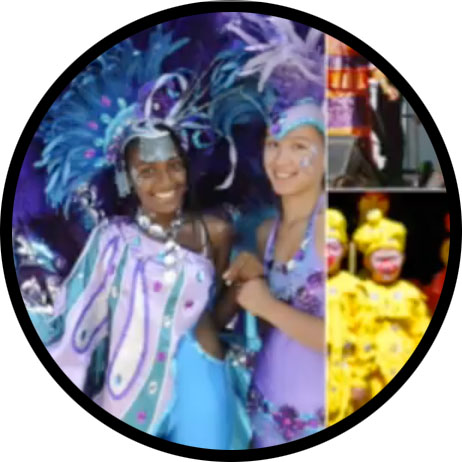.

Cette page est une collection de travail d’activités pour les classes à utiliser dans l’exploration du thème de CULTURES, et la communication et la construction de relations avec d’autres d’une culture différente.
~ ~ ~ ~ ~
Nous espérons que certains d’entre vous les essayeront et commenteront leur utilité et ajouteront les modifications nécessaires pour les rendre plus efficaces pour les autres. De plus, nous réjouissons de vos contributions! Quelles leçons sont utilisées pour enseigner aux élèves les différentes cultures et la communication interculturelle?
~ ~ ~ ~ ~
Questions de discussion/ D’activité
Qu’est-ce qu’une communauté? (K-3)
Qui vit dans votre communauté? (K-3)
Quelle est votre culture? Quel est votre patrimoine? Quelle est la différence?
Qu’est-ce qui est important pour toi? Pourquoi?
Planifiez votre communauté.
Que voulez-vous que les autres sachent de vous et de votre peuple?
~ ~ ~ ~ ~
À ce moment, ces ressources ne sont disponibles qu’en anglais. Nous apprécions votre patience autant que nous terminons les traductions. Nous afficherons les ressources traduites dès que possible.
.
Leçons pour les enseignants et les étudiants
A. APPRENDRE LA CULTURE
1 Learning about Culture and Ethnicity K-8
2 Diversity Activity K-8 foster awareness and understanding of the verbal and nonverbal barriers to communication in a culturally diverse context
3 Cultural Studies Lessons explore generalizations & stereotypes, culture & values, and observations & judgments
4 Intercultural Learning Lessons help students understand diverse cultural beliefs and think critically about cultural awareness, teaching the value of interacting with people from diverse backgrounds
B. APPRENTISSAGE DE LA JUSTICE SOCIALE
1 A Social Justice Approach to Teaching (K-8)
C. CITOYENNETÉ NUMERIQUE CULTURELLE
1 Ressources pédagogiques de Habilo Medias Canada
2 The Lie In this video, fourth-graders “describe bad stereotypes they’ve heard about people who look like them.” You can read more about it in The Washington Post article, Ten-year-olds tackle ‘The Lie’ of demeaning stereotypes in video *NOTE: Please watch the video prior to sharing with your students since the content may be too sensitive for viewers.
~ ~ ~ ~ ~
Ressources pour intégrer l’enseignement et les valeurs autochtones dans la salle de classe
1 Walking Together: First Nations, Métis and Inuit Perspectives in Curriculum was designed to show the holistic nature of First Nations, Métis and Inuit ways of knowing; provide an opportunity to share perspectives on topics raised in consultations with First Nations, Métis and Inuit communities; and demonstrate First Nations, Métis and Inuit perspectives in teaching and learning experiences.
2 Deepening Knowledge: Resources for and About Aboriginal Education
3 Four Directions Teachings an audio narrated resource for learning about Indigenous knowledge and philosophy from five diverse First Nations in CanadaFour Directions Teachings
4 Aboriginal Perspectives Teaching Resources and Strategies for Elementary and Secondary Classrooms
5 Aboriginal Perspectives Resource Book List K-8 (Goodminds)
6 The Learning Circle Classroom Activities on First Nations in Canada
~ ~ ~ ~ ~
Resources de perfectionnement professionnel pour les enseignants

1 What is Intercultural Competence? The Iceberg analogy was first proposed by Edward T. Hall in his 1976 book, Beyond Culture. Like an iceberg, only a fraction of culture is visible, manifested through customs, language, physical appearance. The majority of culture is hidden from view and expressed implicitly, through deep-held values and preferences*
2 Culturally Responsive Pedagogy
3 The Globally Competent Teaching Continuum The resources listed on this website include a continuum for educators based on your current level of experiential understanding of multiple cultures. By clicking on the description that applies to you in the continuum, you will find classroom demonstration videos, lesson plans, resources, and professional development to help you move forward in your cultural understanding
4 Teaching Intercultural Communication a slideshow for teachers with information about how to teach intercultural communication
